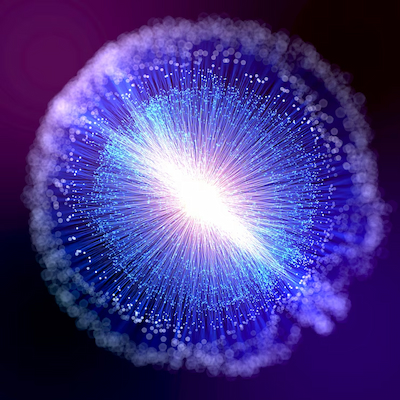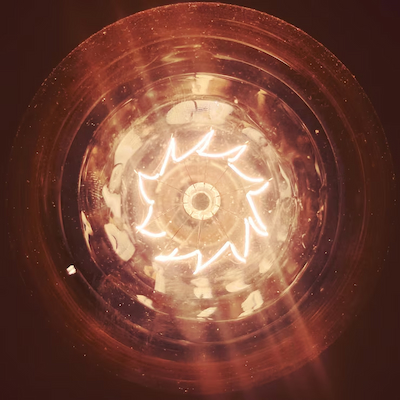
Cosmic ray factories in supernovae are among the most fascinating and complex phenomena in the universe. These cataclysmic events mark the end of the life cycle of massive stars and are responsible for producing cosmic rays—high-energy particles that travel through space. Understanding how these factories work and their impact on the cosmos is crucial for modern astrophysics, as these particles influence galaxy formation, the evolution of the interstellar medium, and even life on Earth.
Studying supernovae and their cosmic ray factories allows us to explore fundamental questions about the nature of the universe. How do supernovae form? What happens during the explosion? And more importantly, how do they accelerate particles to near-light speeds? These questions spark scientific curiosity and help us better understand the processes shaping the cosmos.
How Cosmic Ray Factories in Supernovae Work
Cosmic ray factories in supernovae operate through a complex process of particle acceleration. During a supernova explosion, an enormous amount of energy is released, creating extreme conditions that allow subatomic particles such as protons and electrons to be accelerated. These particles are driven by shock waves generated by the explosion, which propagate through the interstellar medium. This phenomenon is similar to what occurs in particle accelerators on Earth, but on an incomparably larger scale.
The cosmic rays generated in supernovae are predominantly composed of protons, which make up about 90% of their composition. These protons are accelerated to speeds exceeding 99% of the speed of light, resulting in impressive energy levels. In addition to protons, heavier element nuclei and electrons are also produced, contributing to the diversity of cosmic rays observed on Earth. This acceleration process is fundamental to understanding the origin and nature of cosmic rays and their interactions with the interstellar environment.
Another important aspect of how these factories work is the role of shock waves. When a supernova explodes, the shock waves spread in all directions, interacting with the surrounding gas and dust. This interaction creates a favorable environment for particle acceleration. Shock waves act as “acceleration machines,” where particles gain energy with each pass through the shock front. This mechanism is one of the main drivers of the high-energy cosmic rays we observe.
Additionally, supernovae play a crucial role in recycling matter in the universe. When a supernova explodes, it disperses heavy elements such as carbon, oxygen, and iron, which were formed in its core during its lifetime. These elements are essential for the formation of new stars and planets, and the energy released during the explosion helps ionize the interstellar medium, creating new star-forming regions. Thus, cosmic ray factories in supernovae not only generate high-energy particles but also influence the chemical and physical evolution of the universe.

Advantages of Studying Cosmic Ray Factories in Supernovae
Studying cosmic ray factories in supernovae offers numerous advantages for understanding the universe. One of the main benefits is the opportunity to investigate the origin of cosmic rays. While most cosmic rays originate in supernovae, understanding the exact acceleration mechanisms and the nature of the generated particles is essential to clarify questions about particle physics and the extreme conditions in space.
Another significant advantage is the ability to explore galaxy evolution. Supernovae are large-scale events with profound impacts on galactic dynamics. By studying cosmic ray factories, scientists gain insight into the formation of galactic structures, the distribution of dark matter, and the interaction between stars and the interstellar medium. These studies help build a more complete picture of the universe’s history and evolution.
Research into cosmic ray factories also contributes to astrobiology. Cosmic rays have a direct impact on Earth’s atmosphere and can influence biological processes. Understanding the origin and nature of these rays can help us better grasp how life on Earth has been affected by cosmic events throughout history. This is especially relevant when considering the possibility of life on other planets and how it might be influenced by cosmic rays.
Finally, studying cosmic ray factories in supernovae drives the development of new technologies and observation methods. Research in this area requires advanced detection and data analysis techniques, leading to innovations in telescopes, particle detectors, and computer simulations. These advances not only expand our knowledge of the universe but also have applications in other fields of science and technology.
How to Identify Cosmic Ray Factories in Supernovae
Identifying cosmic ray factories in supernovae is a challenge that involves a combination of astronomical observations and theoretical analysis. Here are some of the main approaches scientists use:
-
Observing supernova events: The first step is to observe supernova events at different stages of their evolution. Telescopes operating in various wavelengths—optical, infrared, and X-rays—are used to capture the light from explosions and study their characteristics.
-
Analyzing cosmic radiation: Scientists study the cosmic radiation that reaches Earth. This radiation is a mix of high-energy particles, and its analysis can provide information about the origin and composition of cosmic rays. Detection experiments are conducted in remote locations, such as mountains and deserts, to reduce atmospheric interference.
-
Studying stellar explosions: Analyzing the dynamics of stellar explosions, including shock wave behavior and element distribution, is essential for understanding how supernovae function as cosmic ray factories. Theoretical models and computer simulations help predict how particles behave during and after the explosion.
-
Investigating particle acceleration: Particle acceleration in supernovae is a key area of research. Experiments in Earth-based particle accelerators help scientists understand the mechanisms occurring in supernovae, enabling comparisons and validations of their theories.
-
Using high-energy telescopes: Specialized telescopes like the Fermi Gamma-ray Space Telescope are used to detect gamma rays emitted by supernovae. These observations are essential for identifying the presence of cosmic rays and understanding the acceleration processes during explosions.
-
Running astrophysical simulations: Advanced computer simulations are powerful tools for modeling supernova behavior and cosmic ray production. These simulations help predict how different initial conditions affect particle acceleration and explosion dynamics.
These interconnected approaches allow scientists to identify and study cosmic ray factories in supernovae more effectively. By combining observations with theories and simulations, it is possible to build a more robust understanding of these cosmic phenomena.

Enjoyed Learning About Cosmic Ray Factories in Supernovae?
Exploring cosmic ray factories in supernovae is a fascinating journey through the universe. These phenomena reveal the complexity of stellar life and connect us to fundamental questions about the origin and evolution of the cosmos. Research in this area is constantly evolving, promising new discoveries that could reshape our understanding of the universe.
If you found this topic interesting, keep exploring the vast world of astrophysics. Supernovae and their cosmic ray factories are just one part of the intriguing puzzle that makes up our cosmos. There is much more to discover and learn.
Frequently Asked Questions
What are cosmic ray factories in supernovae?
Cosmic ray factories in supernovae are regions in space where stellar explosions create energetic particles. These particles travel throughout the universe.
How are cosmic rays formed in supernovae?
During a supernova, the explosion pushes matter outward. This generates high energy that produces cosmic rays.
Why are cosmic rays important?
Cosmic rays help scientists understand the universe. They carry information about distant stars and galaxies.
Are cosmic rays dangerous for Earth?
On Earth, we are protected by the atmosphere. But at high altitudes, like during airplane flights, radiation exposure increases.
Can we see cosmic rays?
No, cosmic rays cannot be seen. But with special equipment, scientists can detect them.
How do shock waves in supernovae accelerate particles?
Shock waves move through the surrounding gas and dust, creating conditions that repeatedly boost the energy of particles they encounter.
Do all supernovae produce cosmic rays?
Not all supernovae are equally efficient at producing cosmic rays, but many types—especially core-collapse supernovae—are strong candidates for being cosmic ray sources.
Can cosmic rays reach other galaxies?
Yes, some cosmic rays have such high energy that they can travel across intergalactic distances, potentially reaching galaxies far beyond our own.





